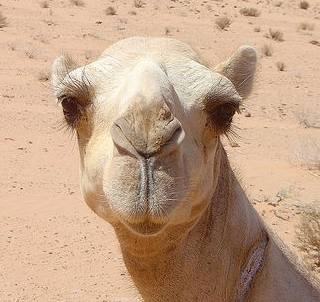 (Photo from: http://www.solarnavigator.net/animal_kingdom/animal_images/ Camel_Jordanian_Desert.jpg)
(Photo from: http://www.solarnavigator.net/animal_kingdom/animal_images/ Camel_Jordanian_Desert.jpg)
The introduction to the camel to North Africa revolutionized trade across the continent. Camels are revered for their ability to endure harsh conditions for days at a time. Because of their stamina, camels were used to make the trek across the Sahara desert from West Africa to the Mediterranean Sea.
With new trade routes open, connections were made across the continent and beyond. Most notably, West Africa was impacted. The desert was no longer impossible to traverse which allowed for new items and new technology to reach across the continent. The sand roads, as they were called, stretched from West Africa to the Mediterranean Sea. Along the roads, new towns sprung up; eventually city-states, states, and empires were also created. And as the towns developed, the need for organization soon became apparent. Monarchies became commonplace and relied on wealth from the trade routes. In fact, “an Arab traveler…described the ruler of Ghana as “the wealthiest king on the face of the planet because of his treasures and stocks of gold, (p.234).Slavery also became common along the sand roads: “…male slaves were put to work as state officials, porters, craftsmen…, (p.234). Many of the slaves came from southern Africa and were sent to work in Islamic households.
With the opening of sand roads, commodities, technologies, and lifestyles were transported from one side of the continent to the other. Different cultures were able to take what they gained from the sand roads back to their cities and incorporate the new ideas into their own culture. Local government and exposure to different religions were a stepping stone for early African civilizations to begin developing and to continue to develop more metropolitan areas.
Source consulted: Robert Strayer, Ways of the World, a Brief Global History - Volume I: to 1500. pg 233-235.